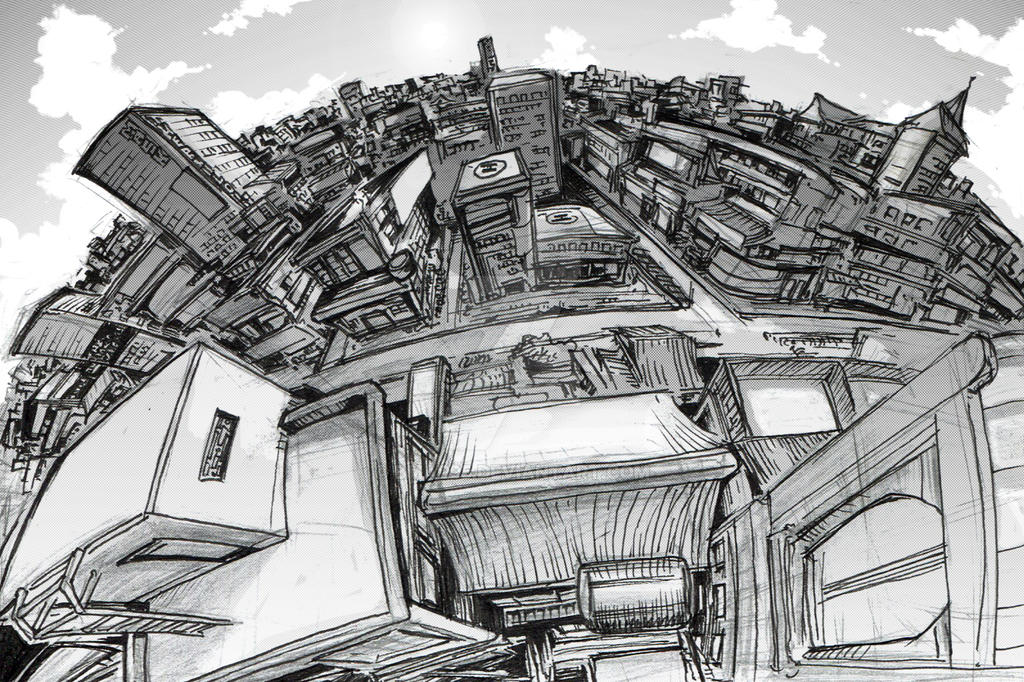
Introduction
Fish eye perspective drawing, also known as fisheye or 360-degree perspective, is a unique drawing technique that creates a distorted, wide-angle view of a scene. It provides a captivating and immersive visual experience, making it a popular choice among artists, architects, and designers. This article will explore the concept of fish eye perspective drawing, its history, techniques, and its relevance in various fields.
A Brief History

The concept of fish eye perspective drawing dates back to the Renaissance period, where artists like Leonardo da Vinci and Piero della Francesca experimented with various visual techniques. However, the term "fish eye" was coined in the 1960s when photographers began using wide-angle lenses to capture distorted images resembling a fish's eye.
Techniques of Fish Eye Perspective Drawing

Creating a fish eye perspective drawing requires a solid understanding of traditional perspective principles. However, it also involves some unique techniques to achieve the desired distortion effect. Here are a few key techniques:
1. Extreme Foreshortening

Fish eye perspective drawings often feature objects that appear drastically distorted and elongated. This effect is achieved through extreme foreshortening, where objects closer to the viewer are exaggerated in size, while those far away are compressed.
2. Radial Distortion

The fish eye effect is characterized by radial distortion, where straight lines appear curved towards the edges of the drawing. This distortion adds depth and dimension to the artwork, creating a surreal and immersive experience for the viewer.
3. Wide Field of View

Unlike traditional perspective drawings, fish eye perspective drawings have an exceptionally wide field of view. This wide-angle view captures a broader range of the scene, allowing the viewer to experience the artwork from multiple angles.
Applications of Fish Eye Perspective Drawing

Fish eye perspective drawing finds its applications in various fields, including:
1. Art and Illustration

Artists and illustrators use fish eye perspective drawing to create visually stunning and unique artworks. It allows them to experiment with unconventional compositions, distortions, and perspectives, adding an element of intrigue and surprise to their creations.
2. Architecture and Interior Design

In architecture and interior design, fish eye perspective drawings are employed to showcase spaces in an immersive and realistic manner. The distorted yet panoramic view helps architects and designers convey the spatial experience, making their designs more engaging and informative.
3. Virtual Reality and Gaming

Fish eye perspective drawing plays a crucial role in virtual reality (VR) and gaming environments. By simulating a wide-angle view, it enhances the user's immersion and perception of depth, creating a more realistic and interactive experience.
Conclusion
Fish eye perspective drawing offers a unique and captivating way of visual storytelling. Its distortion effects, wide field of view, and immersive nature make it a powerful tool for artists, architects, and designers. Whether used in art, architecture, or virtual reality, fish eye perspective drawing adds a touch of intrigue and creativity to various visual mediums.